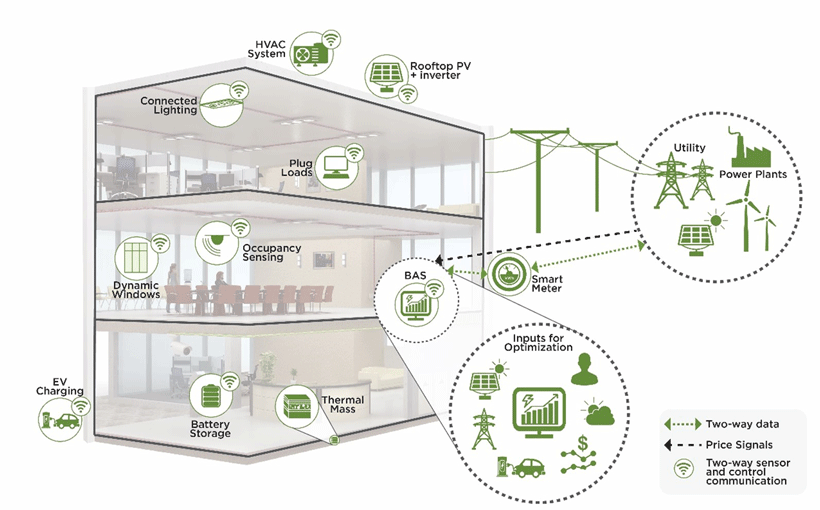Project Info
COMPLETE
 Project Title
Project Title
Grid-Interactive Efficient Building (GEBS)
Project Number ET20SCE7030 Organization SCE End-use Whole Building Sector Commercial Project Year(s) 2020 - 2024Description
This a technical demonstration for“Grid-Interactive Efficient Buildings (GEBS)” within the SCE’s territory supporting General Services Administration’s (GSA) and DOE High Impact Technology Innovation Catalyst (HIT Catalyst) programs. The project will initiate a software application gateway to integrate existing and new solutions supporting Energy Efficiency, DERs, Flexible DSM to Grid interactive strategies, building electrification, energy impacts analysis and potential GHG reductions.
Project Report Document
Loading PDF Preview...
